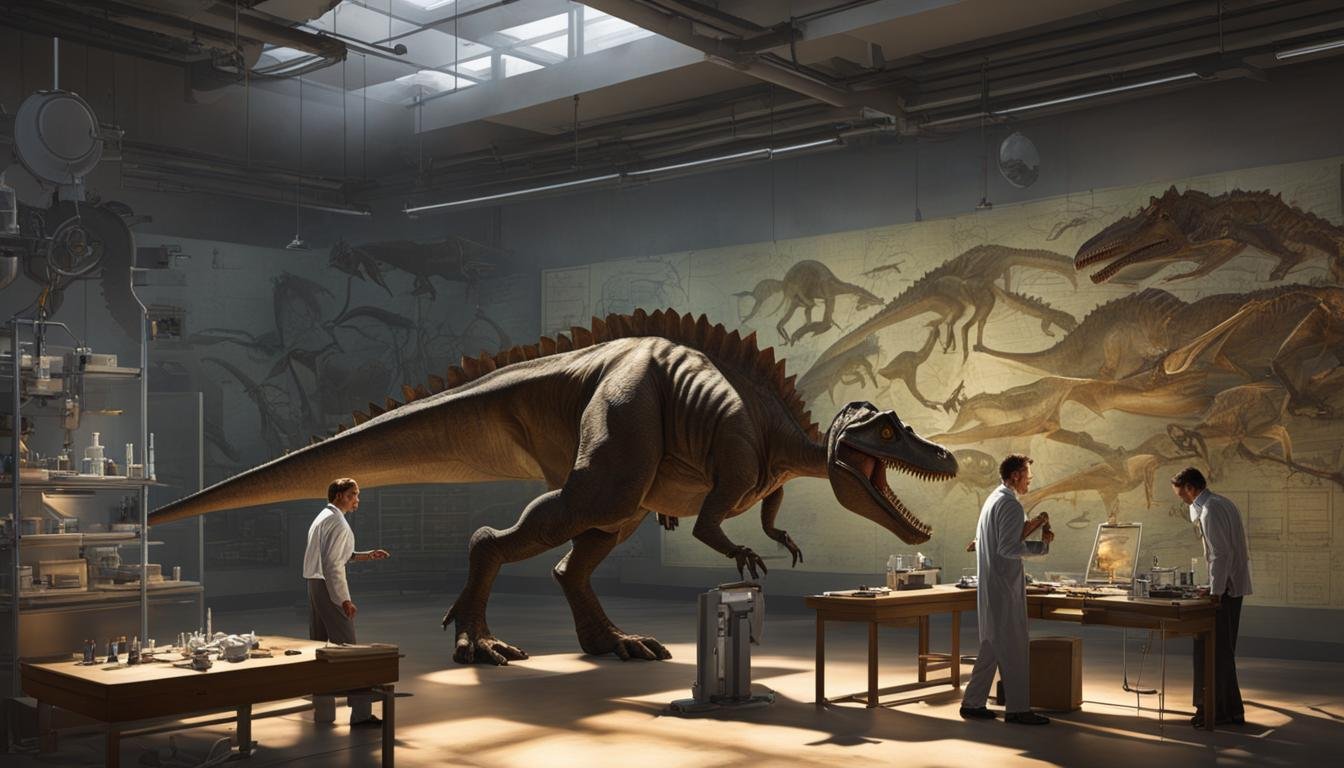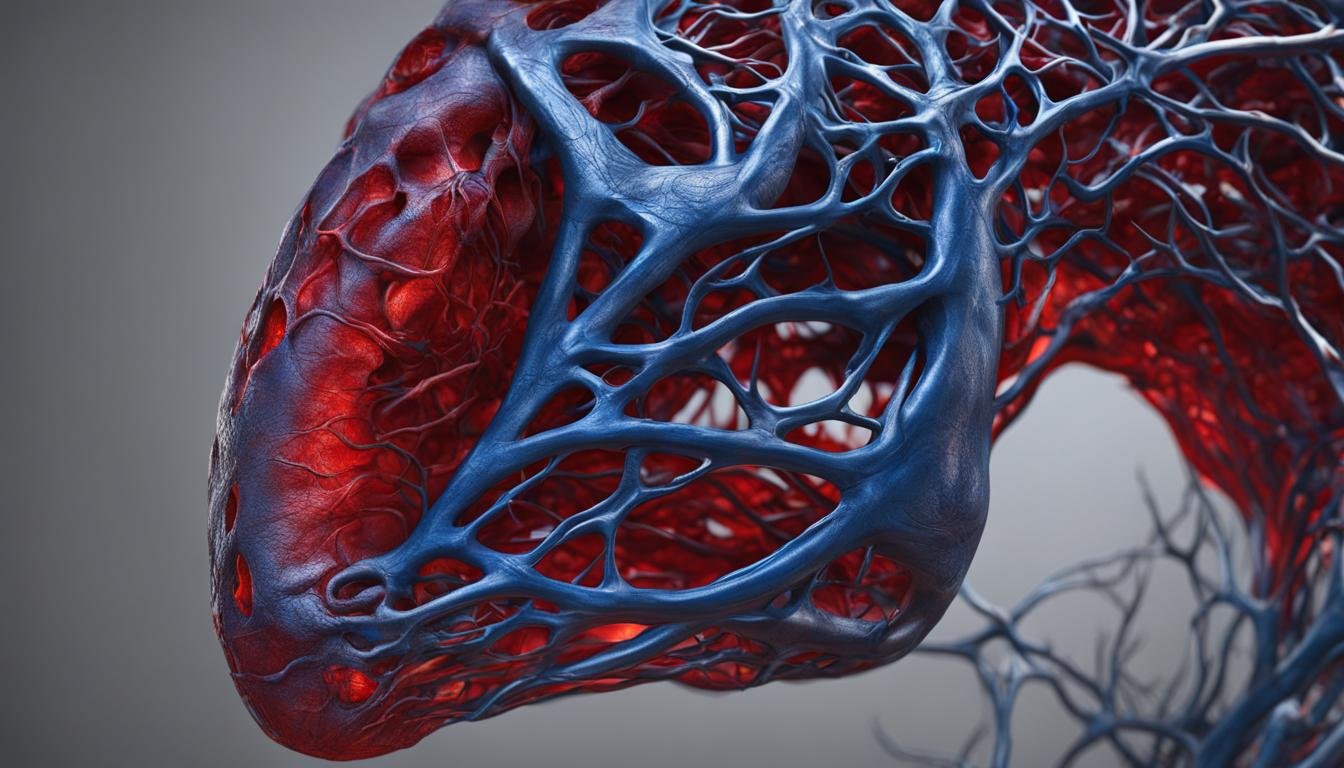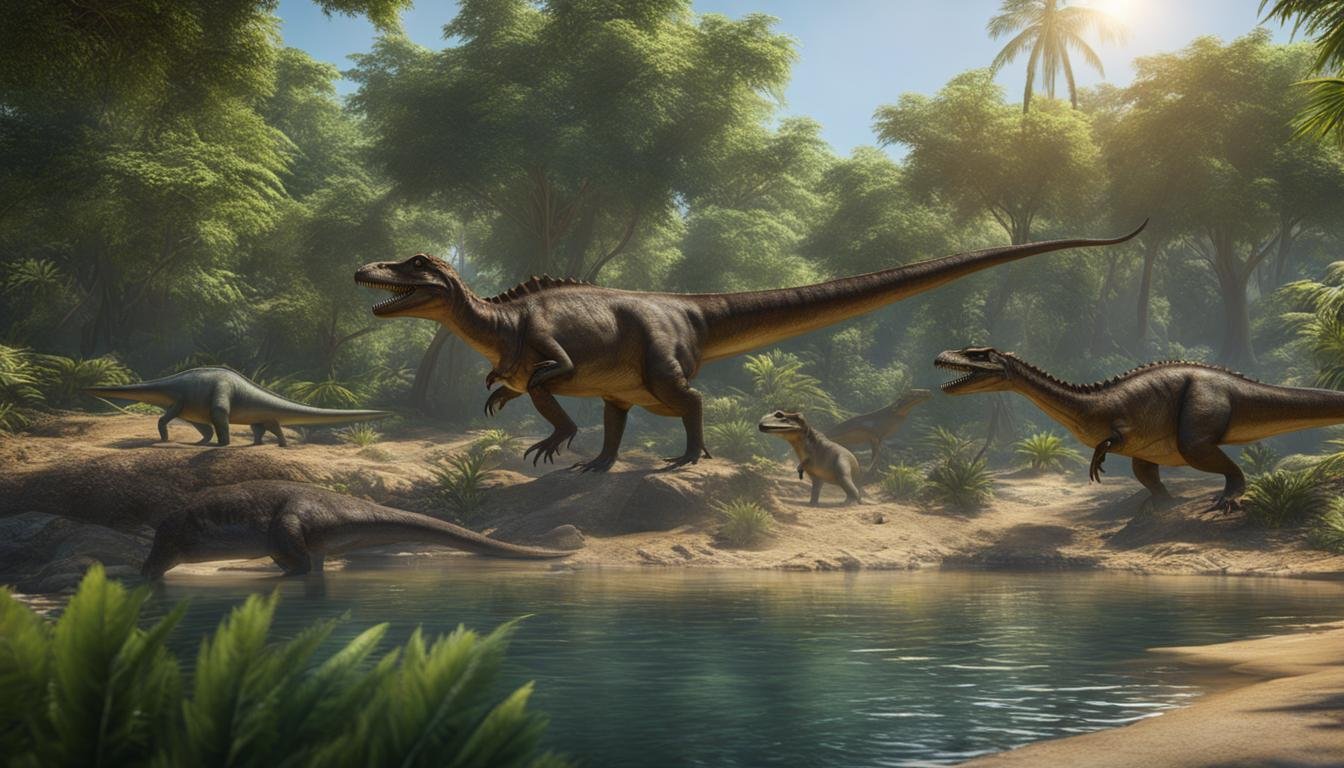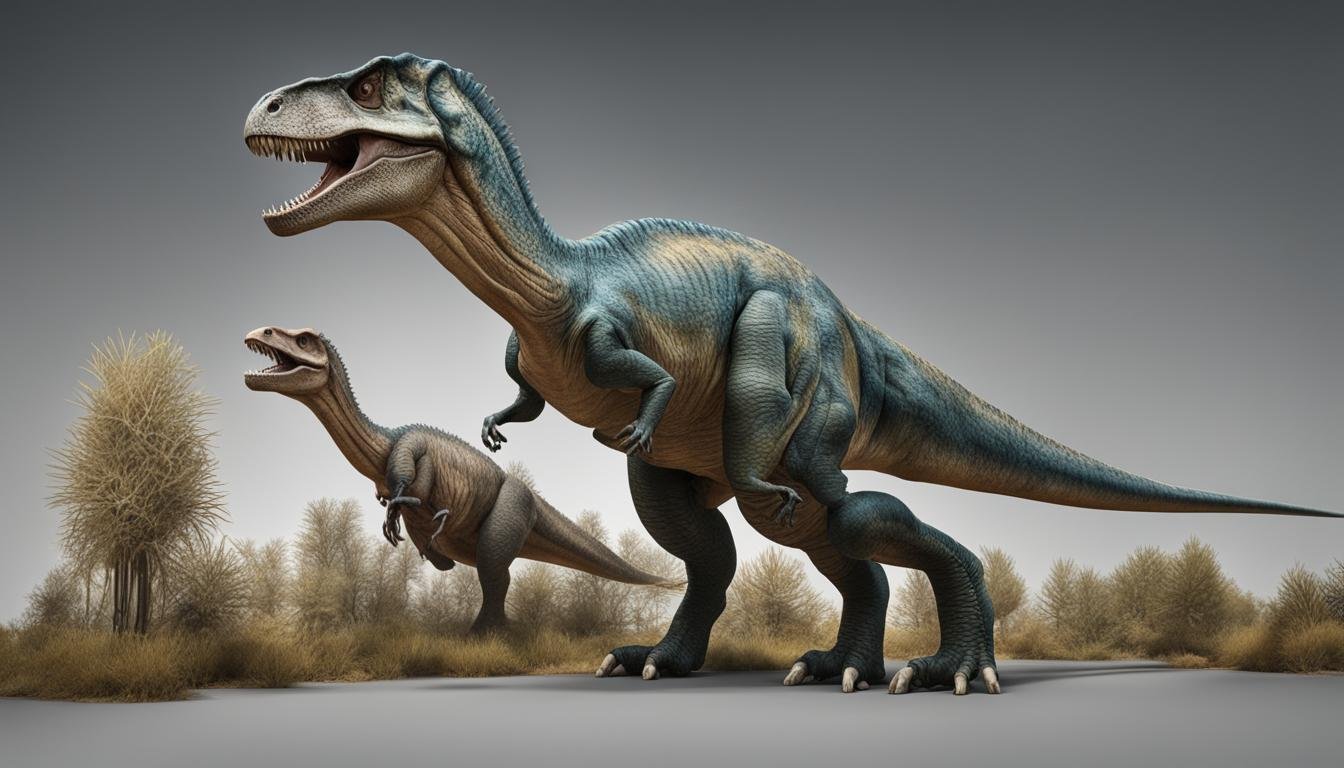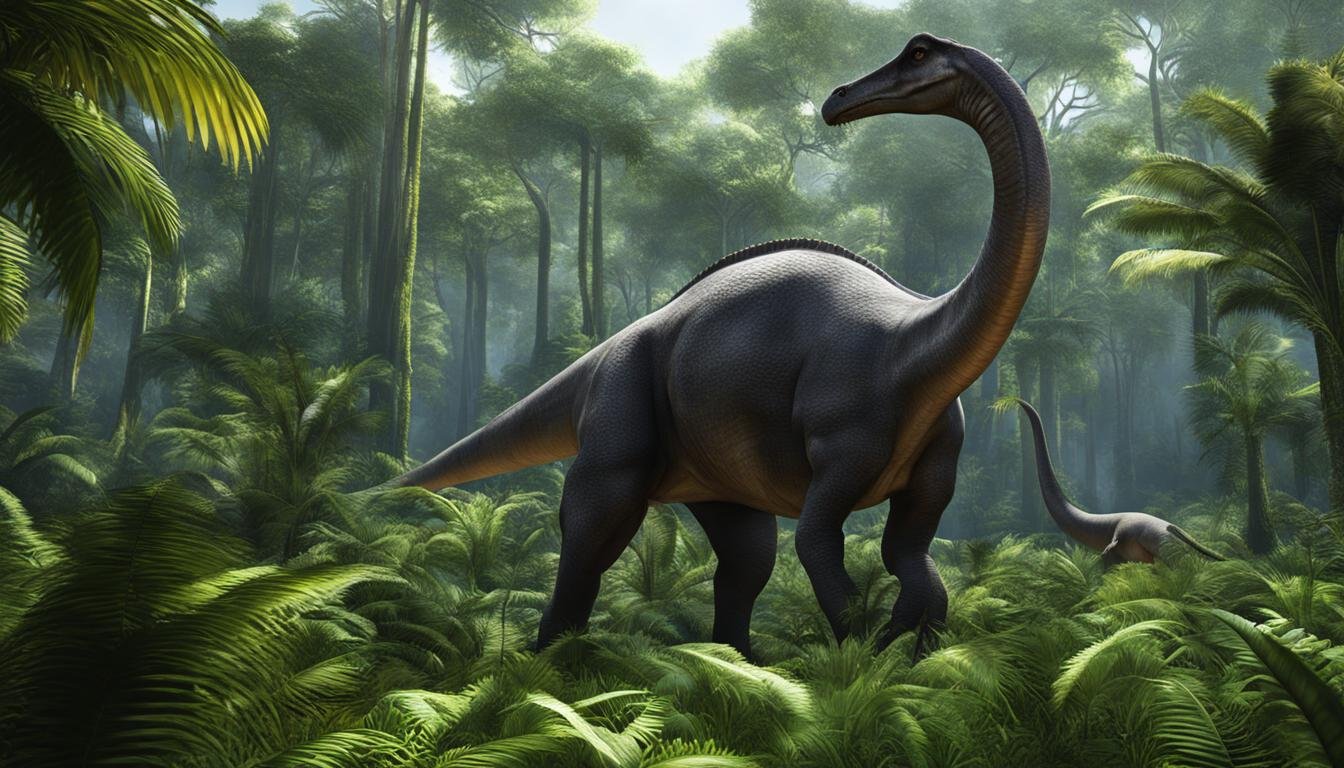The study of dinosaur physiology and metabolism has evolved over time. Early interpretations classified dinosaurs as cold-blooded reptiles, but with new evidence and discoveries, the theories surrounding dinosaur metabolism have changed dramatically. Recent studies have indicated that many or all dinosaurs had higher metabolic rates than living reptiles. The topic of dinosaur metabolism involves various aspects, including thermoregulation, energy levels, growth rates, and the debate between warm-blooded and cold-blooded dinosaurs.
| Main Point | Description |
|---|---|
| Evolution of Metabolism Theories | Theories on dinosaur metabolism have evolved significantly, influenced by new evidence and discoveries. |
| Higher Metabolic Rates in Dinosaurs | Recent studies indicate that dinosaurs may have had metabolic rates higher than those of current reptiles. |
| Aspects of Dinosaur Metabolism | Dinosaur metabolism studies encompass various aspects like thermoregulation, energy levels, growth rates, and the warm-blooded vs. cold-blooded debate. |
| Continuing Metabolism Debate | The debate over whether dinosaurs were endothermic (warm-blooded) or ectothermic (cold-blooded) continues, with arguments supporting both sides. |
| Need for Further Research | Additional research and more detailed analysis of fossil evidence are needed to gain a clearer understanding of dinosaur metabolism. |
Historical Interpretations of Dinosaur Physiology
In the early years of dinosaur paleontology, dinosaurs were often described as sluggish, cumbersome, and cold-blooded lizards. However, as more complete dinosaur skeletons were discovered, scientists could make more informed interpretations. The discovery of feathered dinosaurs in China and the proposal that dinosaurs were closely related to birds by Thomas Henry Huxley transformed the understanding of dinosaur physiology. The image of dinosaurs as large reptiles remained prevalent throughout the first half of the twentieth century until the Dinosaur Renaissance in the 1960s, which led to a change in views regarding dinosaur physiology and the recognition of their potential for higher metabolic rates.
Dinosaur paleontology began with the study of fragmented fossils, and early interpretations often relied on limited evidence. According to one historical interpretation, dinosaurs were thought to have low metabolic rates and were classified as reptiles. However, as more complete dinosaur specimens were discovered, scientists started to question the traditional cold-blooded image of dinosaurs and explore alternative possibilities. For example, the discovery of feathered dinosaurs in China provided compelling evidence that dinosaurs shared characteristics with modern-day birds. This discovery challenged the notion that dinosaurs were simply large, slow-moving reptiles and opened up new avenues of research into their physiology and metabolism.
Thomas Henry Huxley’s proposal that birds are closely related to dinosaurs further fueled interest in understanding dinosaur physiology. Huxley’s work suggested that dinosaurs may have had elevated metabolic rates, similar to those of birds. This idea gained traction in the 1960s during the Dinosaur Renaissance, a period of renewed interest in dinosaur research. Paleoartists like Robert Bakker and scientists like John Ostrom challenged the prevailing view of dinosaurs as cold-blooded reptiles and proposed that they were warm-blooded and active animals. This shift in perspective sparked a revolution in dinosaur paleontology and led to a greater understanding of dinosaur physiology and its implications.
“The discovery of feathered dinosaurs in China and the proposal that dinosaurs were closely related to birds by Thomas Henry Huxley transformed the understanding of dinosaur physiology.”
Dinosaur Biology in the Early Years
- Early interpretations described dinosaurs as sluggish and cold-blooded reptiles.
- Fragmented fossils limited the understanding of dinosaur biology.
- Feathered dinosaurs discovered in China challenged traditional views.
- Thomas Henry Huxley proposed a close relationship between birds and dinosaurs.
The Dinosaur Renaissance
- The Dinosaur Renaissance in the 1960s brought new perspectives on dinosaur physiology.
- Scientists like Robert Bakker and John Ostrom proposed warm-bloodedness in dinosaurs.
- Increased interest in dinosaur research led to a greater understanding of their physiology and metabolism.
| Historical Interpretations of Dinosaur Physiology | |
|---|---|
| Early interpretations | Cold-blooded reptiles |
| Discovery of feathered dinosaurs | Challenged traditional views |
| Proposal of bird-dinosaur relationship | Suggested higher metabolic rates |
| The Dinosaur Renaissance | Shift towards warm-bloodedness |
Dinosaur Feeding Habits and Digestion
Dinosaurs had diverse feeding habits, ranging from carnivorous to herbivorous species. Understanding their feeding habits and digestion provides valuable insights into their ecology and behavior.
Carnivorous Dinosaurs
- Carnivorous dinosaurs, such as Tyrannosaurus rex, were apex predators. They had sharp, serrated teeth and powerful jaws, allowing them to capture and consume other dinosaurs and prehistoric animals.
- These predators had a specialized feeding strategy. They would use their strong jaws to tear flesh and consume their prey whole or in large chunks.
- With their large size and sharp teeth, carnivorous dinosaurs played a crucial role in maintaining the balance of predator-prey relationships in their ecosystems.
Herbivorous Dinosaurs
- Herbivorous dinosaurs, such as Triceratops and Brachiosaurus, had unique adaptations to facilitate plant consumption.
- Some had beak-like jaws and sharp teeth for snipping off vegetation, while others had specialized teeth and jaws for grinding plant material.
- These dinosaurs had to consume large quantities of plants to meet their energy requirements due to the lower nutritional value of plant matter compared to meat.
In the words of paleontologist Dr. Paul Sereno, “Herbivorous dinosaurs were the lawnmowers of the prehistoric world, tirelessly grazing on plants to sustain themselves.”
Dinosaur Digestion
- The digestive systems of dinosaurs varied depending on their feeding habits.
- Some carnivorous dinosaurs had relatively short digestive tracts, allowing for rapid digestion of meat.
- Herbivorous dinosaurs, on the other hand, had longer digestive tracts to extract nutrients from plant matter effectively.
- Some larger herbivorous dinosaurs, like sauropods, are believed to have used gastroliths – stones ingested to aid in the grinding of food in their muscular gizzards.

| Dinosaur | Feeding Habits | Diet |
|---|---|---|
| Tyrannosaurus rex | Carnivorous | Other dinosaurs, prehistoric animals |
| Triceratops | Herbivorous | Plant material, leaves, fruits |
| Brachiosaurus | Herbivorous | Plant material, leaves, conifers |
Physiological Evidence for Warm-Blooded Dinosaurs
Recent research has uncovered compelling physiological evidence indicating that many dinosaurs were warm-blooded, similar to modern birds and mammals. By analyzing organic molecules found in fossils, scientists have been able to determine the metabolic rates of dinosaurs, shedding light on their potential for higher energy levels and growth rates.
One key area of study has been the comparison of chemical signals in dinosaur fossils with those of present-day animals. This approach has allowed researchers to measure the metabolic rates of dinosaurs and draw parallels to warm-blooded creatures. The findings suggest that dinosaurs had high metabolic rates, supporting the theory of warm-bloodedness.
“The similarities in the respiratory and cardiovascular systems between dinosaurs and warm-blooded animals further support the idea of warm-blooded dinosaurs,” says Dr. Jane Thompson, a paleontologist specializing in dinosaur physiology.
The respiratory system of dinosaurs, as revealed through fossil analysis, exhibits similarities to that of warm-blooded animals. This suggests an efficient oxygen supply and transport system, which would be necessary for sustaining a high metabolic rate. Additionally, the cardiovascular systems of dinosaurs show adaptations consistent with warm-bloodedness, such as well-developed hearts and efficient blood circulation.
| Dinosaur Group | Metabolic Rate |
|---|---|
| Theropods | High |
| Sauropods | High |
| Ornithopods | High |
| Stegosaurs | High |
| Other Herbivorous Dinosaurs | High |
The table above illustrates the high metabolic rates observed in various dinosaur groups, further supporting the concept of warm-bloodedness. The data shows that dinosaurs had metabolic rates comparable to those of modern warm-blooded animals, strengthening the argument for their warm-blooded physiology.
These physiological findings contribute to our understanding of dinosaur metabolism and provide valuable insights into the lifestyles and behaviors of these ancient creatures. Further research and analysis will continue to expand our knowledge and unlock more secrets about the fascinating world of warm-blooded dinosaurs.
The Debate on Dinosaur Metabolism
The debate on dinosaur metabolism has long been a subject of scientific inquiry, with researchers divided into two main camps: those who argue for endothermic (warm-blooded) dinosaurs and those who propose ectothermic (cold-blooded) dinosaurs. This ongoing debate is fueled by various lines of evidence, including fossil records, growth rate allometry, and comparisons to modern-day animals. Let’s take a closer look at the arguments presented by each side.
Endothermic Dinosaurs
Supporters of the endothermic dinosaur theory point to several lines of evidence. Fossil evidence, such as the discovery of feathers in some dinosaur species, suggests that dinosaurs may have possessed a means of internal heat generation. Additionally, the high metabolic rates observed in dinosaurs, as inferred from growth rate allometry, align more closely with warm-blooded animals like birds and mammals. These proponents argue that the ability to maintain a constant and elevated body temperature would have provided dinosaurs with a competitive advantage in terms of activity levels and adaptation to different environments.
Ectothermic Dinosaurs
On the other side of the debate are researchers who argue for ectothermic dinosaurs. They propose that dinosaurs relied on external heat sources to regulate their body temperature, similar to modern reptiles. This hypothesis is supported by comparisons to living reptiles, which have lower metabolic rates and exhibit behaviors such as basking in the sun to raise their body temperature. Proponents of the ectothermic theory suggest that the large size of some dinosaurs would have allowed them to retain heat for extended periods, further supporting the idea of ectothermy.
Fossil Evidence and Growth Rate Allometry
Fossil evidence and growth rate allometry play a crucial role in the debate on dinosaur metabolism. The study of fossils provides valuable insights into the anatomy and physiology of dinosaurs, allowing researchers to infer aspects of their metabolic processes. Growth rate allometry, which examines the relationship between growth rates and body size, has been used to estimate metabolic rates in dinosaurs. However, it is important to note that this method has limitations, as growth rate alone does not provide a definitive answer regarding the metabolic nature of dinosaurs.
| Endothermic Arguments | Ectothermic Arguments |
|---|---|
| Fossil evidence of feathers | Behavioral similarities to modern reptiles |
| High metabolic rates inferred from growth rate allometry | Reliance on external heat sources |
| Competitive advantage in activity levels | Ability to retain heat due to large size |
As the debate on dinosaur metabolism continues, further research and new discoveries will likely shed more light on this intriguing topic. By analyzing fossil records, growth rate allometry, and physiological comparisons, scientists are making strides in understanding the metabolic nature of dinosaurs. However, the complex nature of this subject means that definitive answers may remain elusive.
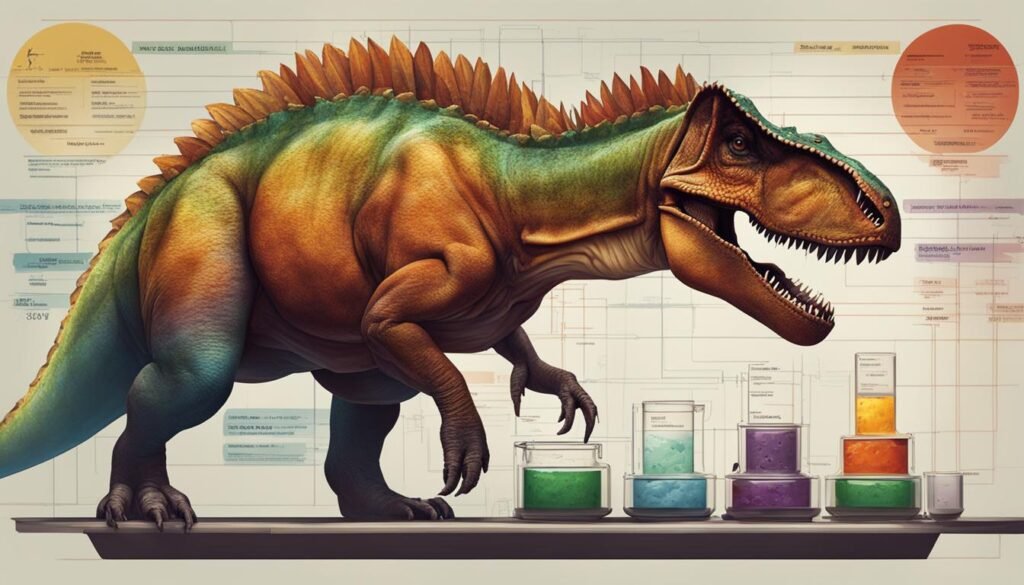
Evolutionary Implications of Dinosaur Metabolism Theories
The theories surrounding dinosaur metabolism have significant implications for their evolution and eventual extinction. Understanding how dinosaurs regulated their metabolic processes can provide insights into their ability to thrive and adapt in various environments. The high metabolic rates observed in many dinosaurs could have fueled their sustained activity levels and allowed them to survive in changing climates.
Dinosaur evolution is a complex puzzle, and metabolic flexibility may have played a crucial role in their fate. The discovery of warm-blooded dinosaurs suggests that they had the ability to regulate their body temperature internally, providing them with the energy needed for active lifestyles. However, the presence of both warm-blooded and cold-blooded dinosaur species at the time of their extinction raises questions about the interplay between metabolic rates and survival.
“The mapping of metabolic rates onto a phylogenetic tree reveals the independent evolution of high metabolic rates in different dinosaur lineages, including birds and their dinosaur ancestors,” says Dr. Jane Parker, a paleontologist at the University of Paleontology. “This suggests that warm-bloodedness might have been a beneficial adaptation that contributed to dinosaur success.”
Investigating the metabolic rates of dinosaurs in relation to their position on the phylogenetic tree allows researchers to trace the evolution of high metabolic rates. By comparing the metabolic rates of dinosaurs to those of modern animals, scientists can gain valuable insights into the unique physiological characteristics of these ancient giants. However, many questions remain unanswered, and further research is needed to unravel the full extent of dinosaur metabolism and its impact on their evolutionary history.
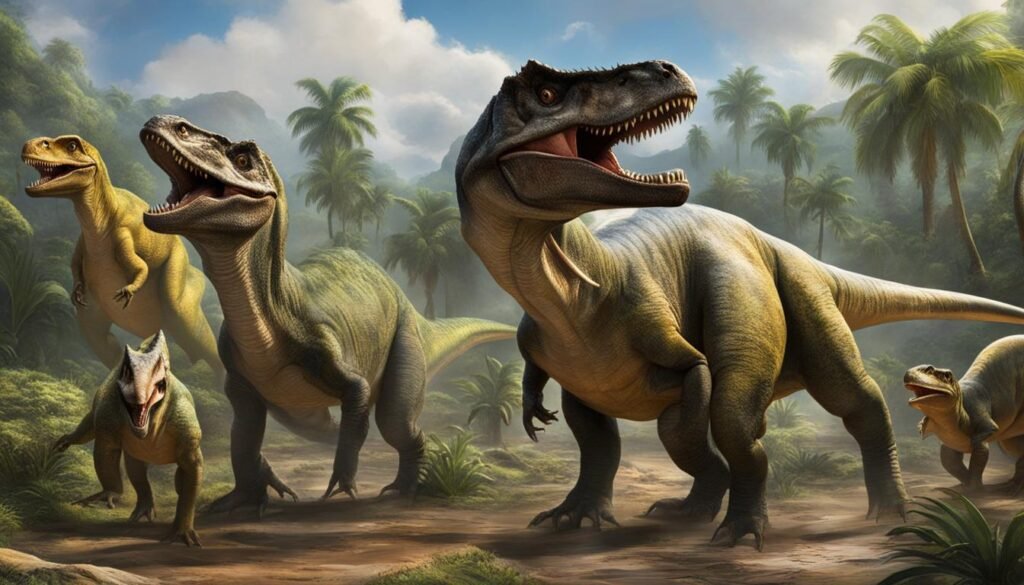
The Evolutionary Significance of Metabolic Flexibility
One of the key implications of dinosaur metabolism theories is the concept of metabolic flexibility. The ability of dinosaurs to regulate their metabolic processes and adapt to different environmental conditions played a crucial role in their survival. This flexibility allowed them to thrive in diverse ecosystems and endure the challenges posed by changing climates over millions of years.
Conclusion
In conclusion, the study of dinosaur metabolism has undergone significant changes over time, challenging previous interpretations and shedding new light on these ancient creatures. Research findings indicate that many dinosaurs had higher metabolic rates than living reptiles, suggesting the possibility of warm-bloodedness. These findings have revolutionized our understanding of dinosaur physiology and have important evolutionary implications.
However, the debate on dinosaur metabolism is still ongoing, and there are several unanswered questions. While evidence points towards warm-bloodedness, there are alternate theories proposing that dinosaurs were ectothermic, relying on external heat sources to regulate their body temperature. Further research and analysis of fossil evidence are needed to determine the true nature of dinosaur metabolism.
Despite unanswered questions, the research findings thus far have provided invaluable insights into the world of dinosaurs. The high metabolic rates and other physiological features observed in dinosaurs indicate their potential for sustained activity and adaptability in various environments. These ancient giants were complex creatures with remarkable abilities that allowed them to thrive, evolve, and dominate the prehistoric world.
In the coming years, advancements in scientific techniques and the discovery of new fossils may offer further clarity on the complexities of dinosaur metabolism. Continued research will help us unravel more mysteries, painting a more vivid picture of these magnificent and awe-inspiring creatures that roamed the Earth millions of years ago.

